Investigating the human impulse to “better” the planet, Alexandra Daisy Ginsberg’s artwork combines speculative design with complex scientific processes to dream of alternative futures.
Imagine Mars populated by plants. Rather than speculatively placing humans on the red planet, the British artist takes a non-human perspective with her project The Wilding of Mars. By simulating the growth of a wild terrain seeded with plant forms from Earth that thrive over millennia, Ginsberg wants us to imagine a future where life is able to flourish without human intrusion. Imagine that. It’s a timely daydream when this summer sees not one but three missions to Mars from the United States, the UAE and China. While varied in their approach, all share a common goal: to further understand Mars’ potential as a habitat for life. By challenging the global assumption that humans must benefit from colonising places, including space, Ginsberg redresses our perspective. The Wilding of Mars includes multiple simulations with endless outcomes: “The aim is not to terraform Mars; here it is simply a repository for the mechanism of life,” she states of the 2019 project. Ginsberg closes the piece on an uncomfortable question for us to ponder: “Might leaving the planet to other life forms be the ultimate unnatural act for humans?”
This interview is part of Let Nature In, a content series produced in collaboration with organic skincare brand Dr. Hauschka. Showcasing inspiring female creatives for whom the concept of the beauty of nature is intrinsic to their practice, the series also features portraits on Barcelona-based artist Tana Latorre and Berlin-based Michelin starred chef Dalad Kambhu.
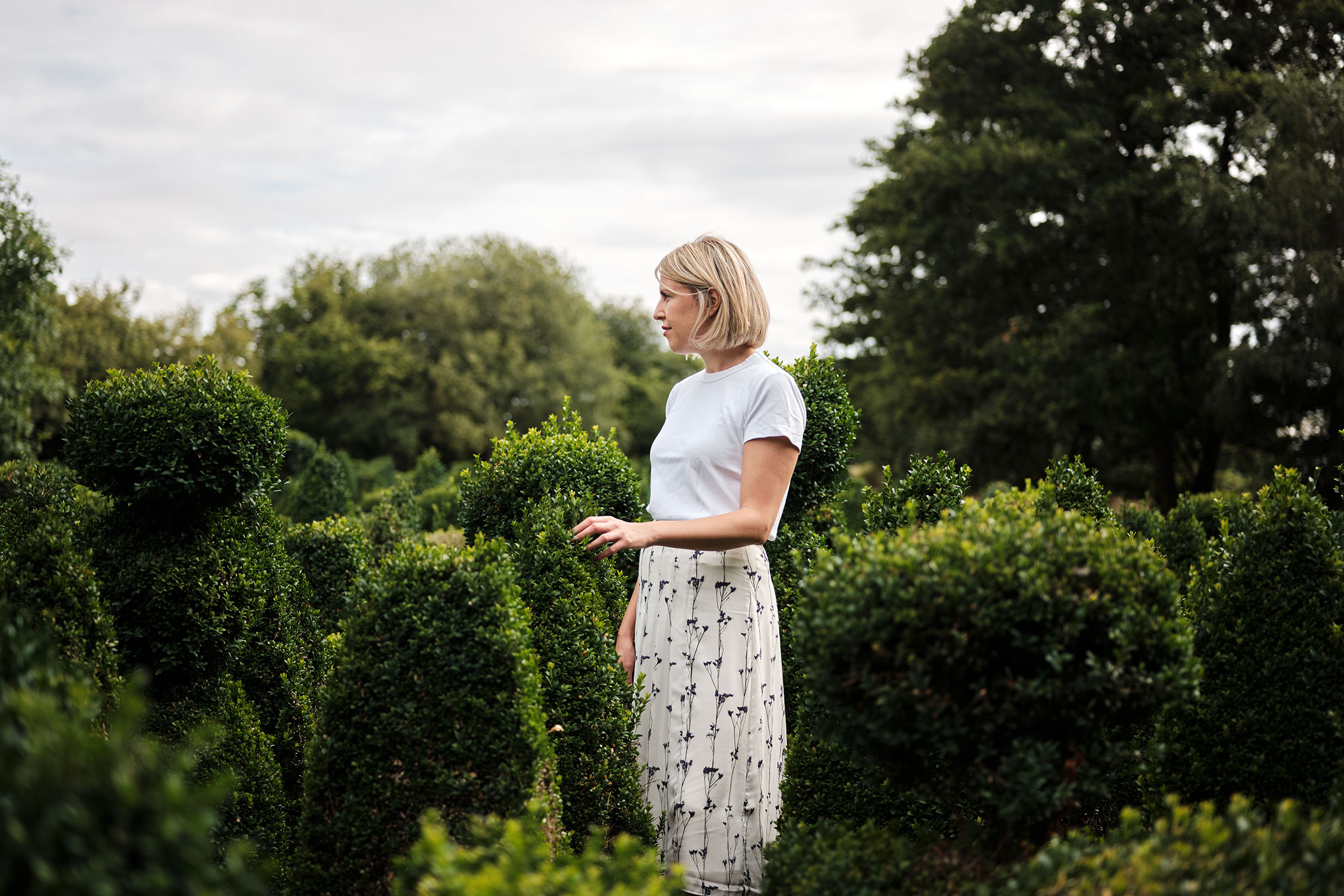


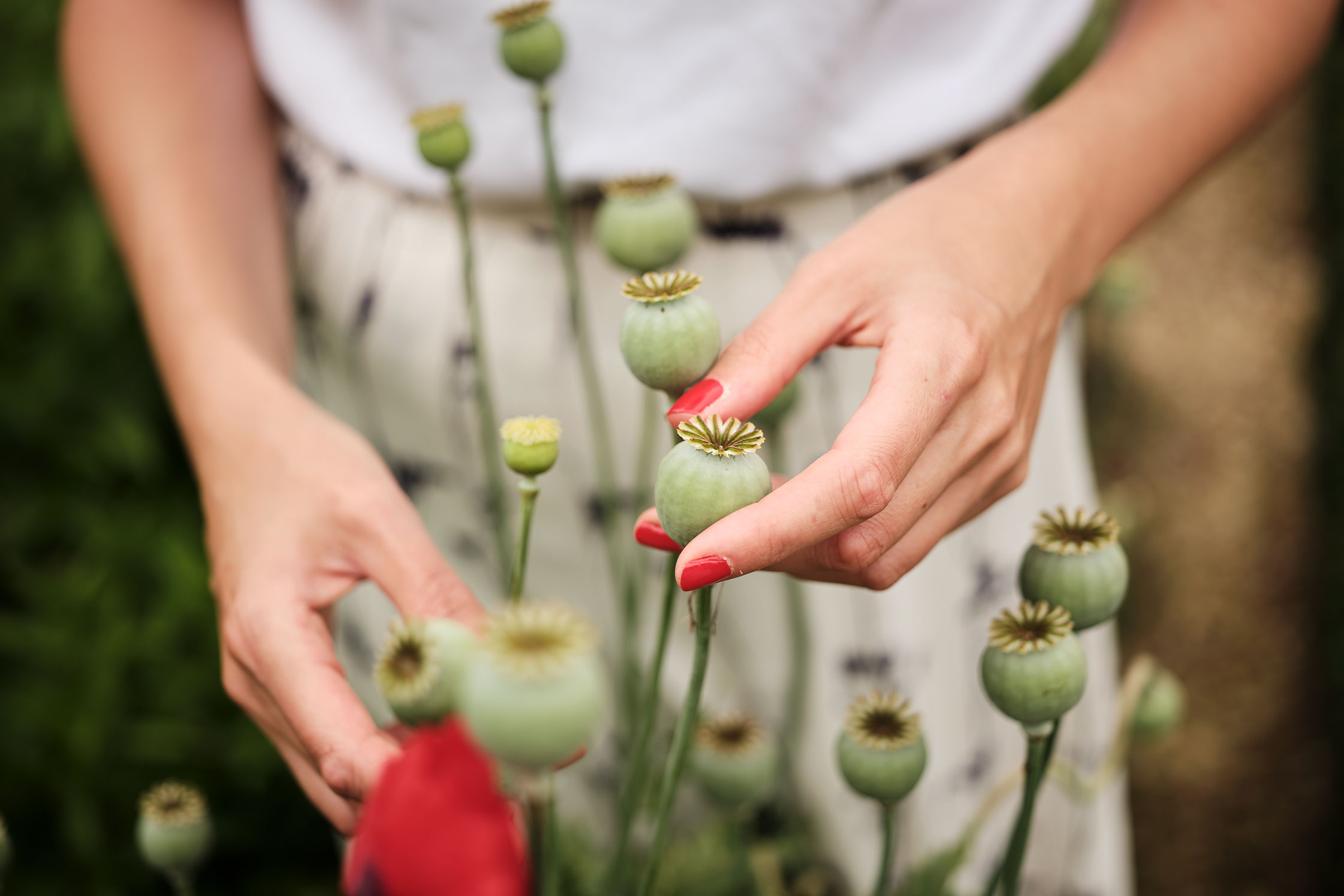

“The question I’ve been asking for seven years is what is better? Who gets to decide? And who is it better for?”
In a parallel universe, Dr. Alexandra Daisy Ginsberg (who goes by Daisy) would be residing in Bloomsbury, London and working on her upcoming projects at her Somerset House studio. Instead, she’s currently located in her family home in the Chilterns where she retreated to at the onset of the global pandemic. The view from her window is a verdant garden surrounded by trees—a stark contrast to the goods yard vista of her studio in the English capital. In this rare moment of isolation, it has also become a time to pause and reflect, to assess how we want to live our lives and address how we can do better—something Ginsberg has long been questioning in her growing body of work.
“I wrote my PhD about this problem of “better”, she says of her 2017 thesis, which investigated how dreams of better futures shape the things that get designed. “There are a lot of calls at the moment for rebuilding a better world, that after all this we’re going to make better decisions, or that we’ve had this time to better ourselves. And the question I’ve been asking for seven years is: what is better? Who gets to decide? And who is it better for?” This desire to untangle the complex paradox of “better” permeates Ginsberg’s work. In a 2018 Conference talk titled Designing Nature, she elaborated further: “Better isn’t the same as good… better for some may be worse for others. Better is contingent on people and context.”
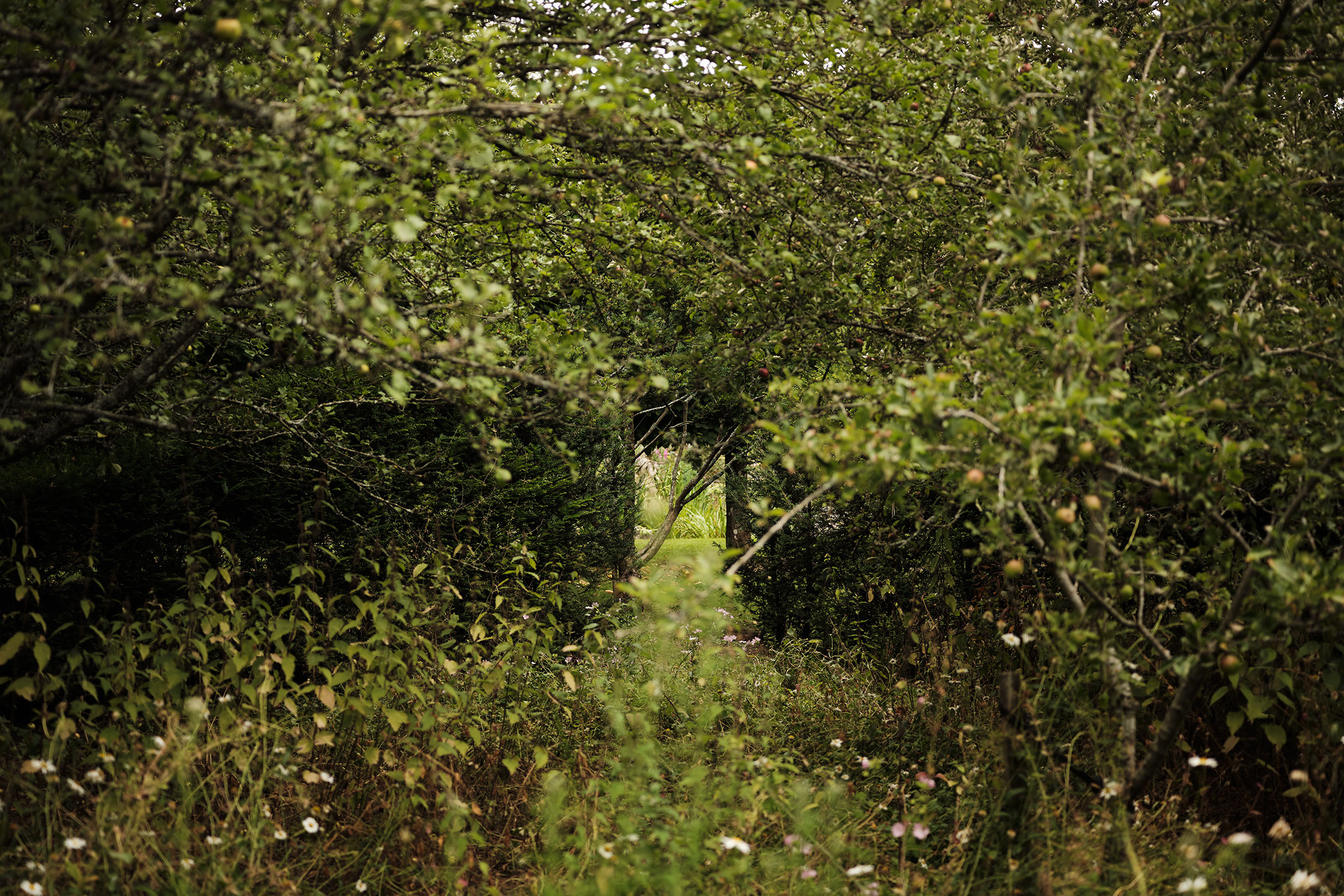


“Humans are driven to innovate and create new things. But shouldn’t we preserve the things that we have that are amazing as well?”
After reading architecture at the University of Cambridge, Ginsberg went on to complete her MA in Design Interactions from the Royal College of Art. It was here that she began investigating biotechnology before a friend recommended she look into the emerging field of synthetic biology. “I was just fascinated. These were engineers who were coming into biology saying they knew how to manipulate it better than biologists, and that because they have an engineer’s rational mind, they were somehow going to be more successful. And they were going to be designing biology,” she exclaims. Ginsberg spent the next year and a half focusing on the subject before gaining a fellowship between Stanford and Edinburgh universities to help run a project bringing together six other artists and designers and six synthetic biologists. Bringing these two disciplines together and asking philosophical questions such as ‘what does it mean to design life?’ culminated in the book Synthetic Aesthetics: Investigating Synthetic Biology’s Design on Nature (MIT Press, 2014) for which Ginsberg was the lead author. “It was just the most extraordinary experience and allowed us to ask so many interesting questions, like how can bringing these two different sets of approaches together actually help us have a greater diversity of opinion in the design of something as important as designing living matter? And should we even design living matter?”
Ginsberg has continued to approach her art through technology and synthetic biology to examine the broader issues of conservation, biodiversity, and our climate emergency, focusing on the anthropocene era. In Ginsberg’s The Substitute, 2019, showcased at the Eco-Visionaries exhibition at The Royal Academy of Arts, we see a pixelated image slowly transform into a northern white rhino, stamping and snorting his way around the white room. Is he real? It’s hard to tell. The life-sized screen projection depicts the now extinct animal in hyperreal CGI-rendered form paired with sound recordings of the last northern white rhino. Digitally brought back to life yet out of its natural context, the work raises the question of what is better – the digital substitute or the real thing? “Humans are driven to innovate and create new things. But shouldn’t we preserve the things that we have that are amazing as well?” asks Ginsberg rhetorically, her belief in the duality of progress and preservation mirroring how organic cosmetics brand Dr. Hauschka strives to develop innovative skincare products while maintaining sustainable practices, conserving nature in the process. “What is it about being human that makes the new somehow seem better than the old?”



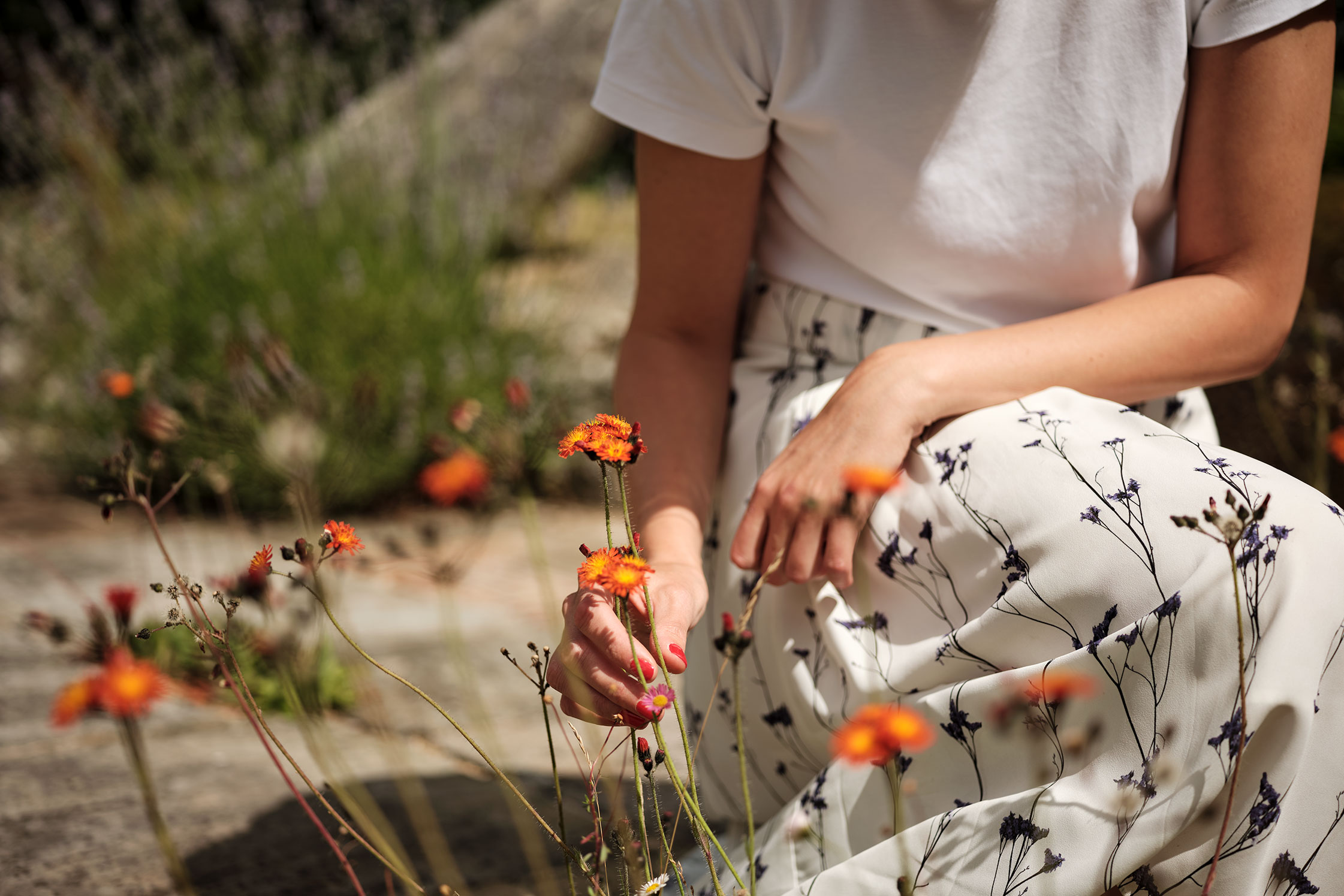





In Resurrecting the Sublime, an ongoing immersive smell installation produced in collaboration with olfactory artist Sissel Tolaas and Dr. Christina Agapakis and her team at Ginkgo Bioworks, Ginsberg again presents the question of extinction. This time, she invites us to smell three flowers decimated by the impact of colonising humans. Using DNA extracted from the specimens of each flower stored at the Harvard University Herbaria, Tolaas reconstructs the flowers’ smells, fragments of which diffuse within the installation. “It’s a three-dimensional experience,” explains Ginsberg. “It’s about stepping inside. It’s about experiencing of objectivity becoming subjective. As you step inside the installation and smell the extinct flower you become the subject of the natural history display.”
With each project Ginsberg pushes the viewer to question their own impact, to look more closely at what we have lost—and are losing—but not to abandon all hope. Presenting us with the past and reminding us of what once was or is rapidly diminishing puts a mirror up to our own fraught relationship with nature. “I started finding myself being asked what’s the role of the artist in the ecological crisis? My answer is that I try to tell stories and through those stories to ask questions about our values and our relationships towards the natural world, and to think about western society’s and my own hypocrisy. We say we care for one thing and yet we do the absolute opposite,” she explains.
Ginsberg’s narrative artworks have been criticised in the press for not offering more solutions to the issues she discusses, but is this really the role of the artist? “Why would we as artists and designers have a solution to really complex social problems when they should be addressed by citizens, governments, companies and communities; we can perhaps do most in our role as citizens,” she argues, raising a point made in a talk she gave against solutionism.
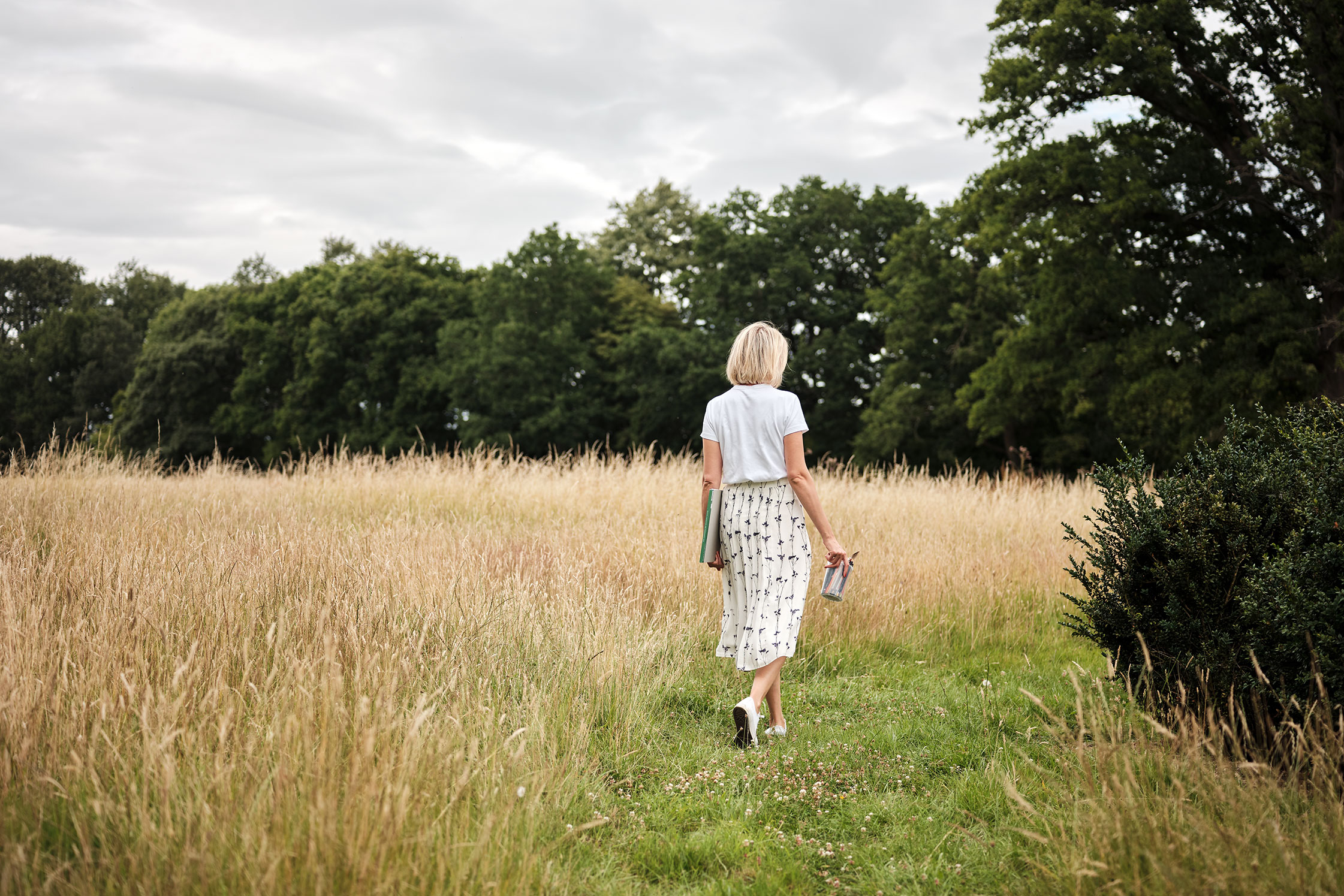




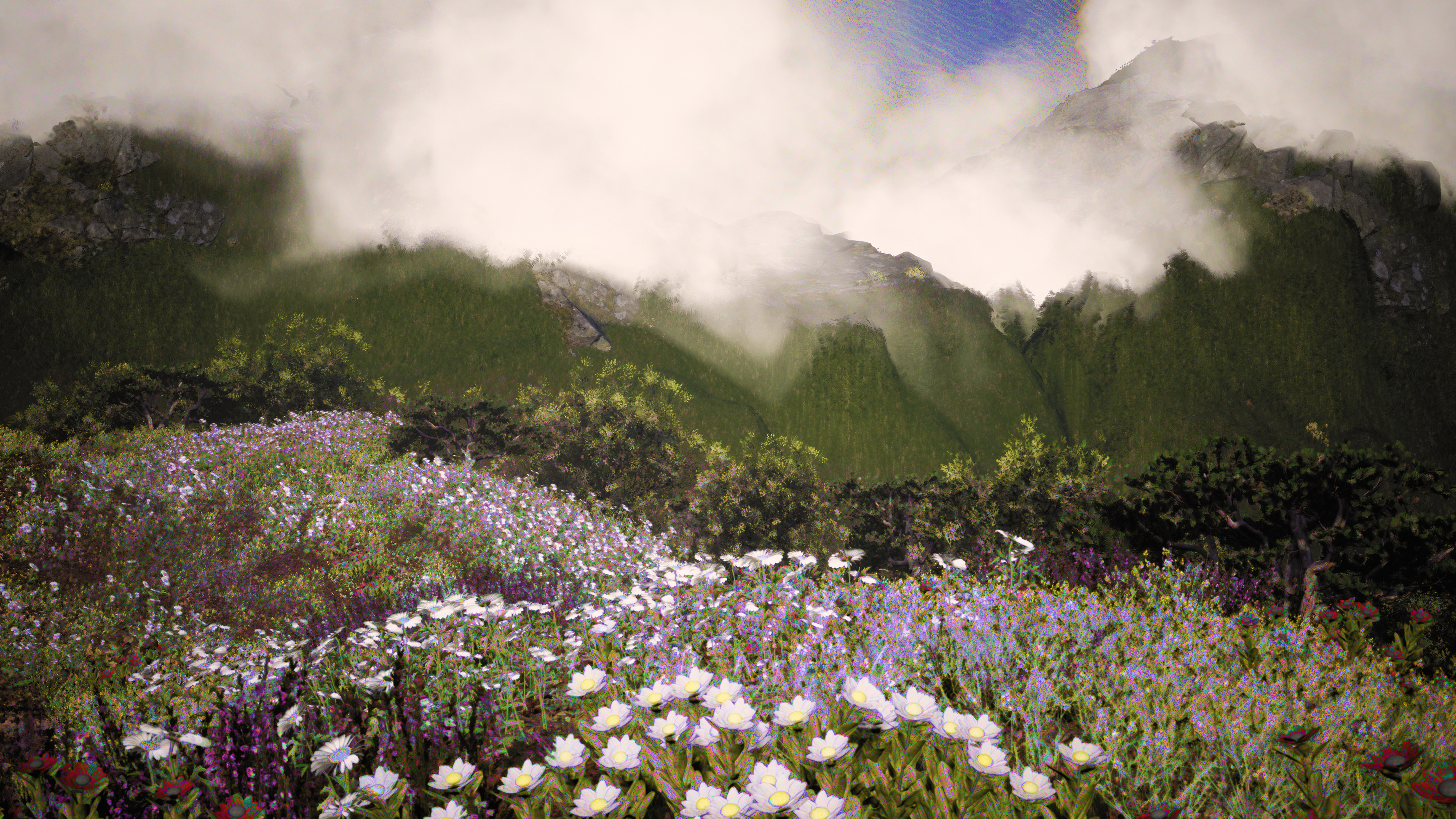
“Why would we as artists and designers have a solution to really complex social problems when those are problems that we should be addressing as citizens, as governments, as companies, and as communities?”
And yet, while there are no models for the golden ideal of a better future, Ginsberg’s work is no less impactful for it. Whether shining a light on the now extinct northern white rhino, a destroyed plant indigenous to ancient Hawaiian lava fields, or the diminishing soft dawn chorus of birds in springtime, each of Ginsberg’s beguiling and immersive work demands our attention, willing us to emotionally engage and react, even if momentarily. “I’m very interested in activating emotional responses,” says Ginsberg. “I feel both tenderness towards nature and despair at its loss, but also excitement and interest in technology. Maybe the direction the work’s taking isn’t right to inspire change, but at least it reveals a whole set of other possibilities.”
While technology has propelled Ginsberg’s works, it is the physical presence of an engaged audience that gives the experiential projects life. With over twenty exhibitions or projects currently on hold or canceled due to the global pandemic, it begs the question, where does Ginsberg go from here? “We’re in a really strange zone,” she says. “What does it mean if you can only have a local audience for an exhibition where only a limited number of people can see it puts into question what exhibition making is, and what the museum is if not a meeting place.” For Ginsberg, resorting to a virtual exhibition isn’t the answer, and she questions, “is an artwork just a picture that you can experience on a screen, or is the experience of coming face to face or sitting inside something really important? And I think it is.”
Dr. Alexandra Daisy Ginsberg is an artist examining our fraught relationships with nature and technology. Through artworks, writing, and curatorial projects, her work explores subjects including artificial intelligence, exobiology, synthetic biology, conservation, biodiversity, and evolution, as she investigates the human impulse to “better” the world. Looking forward, she will be working with The Eden Project in Cornwall, U.K. on a new commission for 2021. To find out more about Ginsberg’s work and stay updated about her upcoming project, head over to her website or follow her on Instagram.
This interview is part of Let Nature In, a content series produced in collaboration with organic skincare brand Dr. Hauschka. Showcasing inspiring female creatives for whom the concept of the beauty of nature is intrinsic to their practice, the series also features portraits on Barcelona-based artist Tana Latorre and Berlin-based Michelin starred chef Dalad Kambhu.
Text: Andie Cusick
Photography: Liz Seabrook

